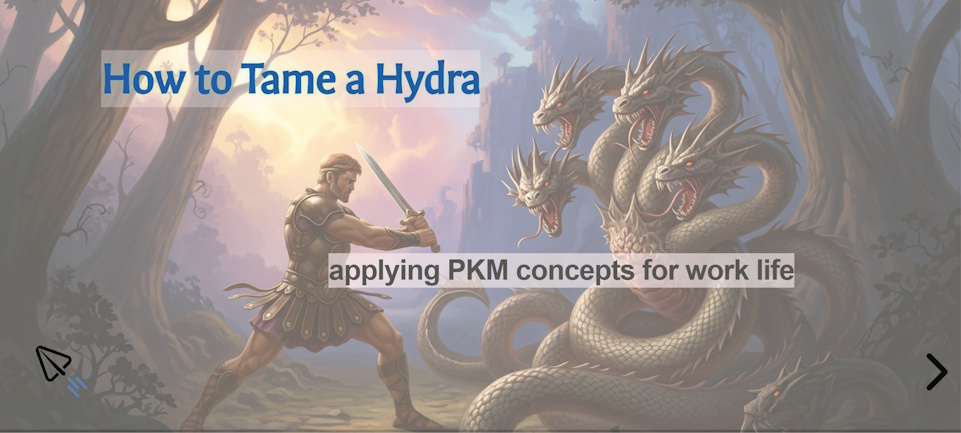Yesterday, at the third Tech Writer’s Tribe Chennai conference, I gave a session on a topic I keep returning to: using personal knowledge management (PKM) to make sense of our work lives.
Since the time slot I had was too short for a tool demo (25 mins), I decided to talk about the set of some #pkm practices that were grounded, flexible, and human.
Here’s what I covered:
- Using a daily note as a home base for thoughts, tasks, and meetings
- Timeboxing and interstitial journaling to improve focus and reduce context loss
- Writing structured notes for meetings and people to build continuity over time
- Treating PKM as a personal practice, not just a productivity method
- Offering a glimpse into how Obsidian can support these flows
If you're curious, you can view the slides here.

